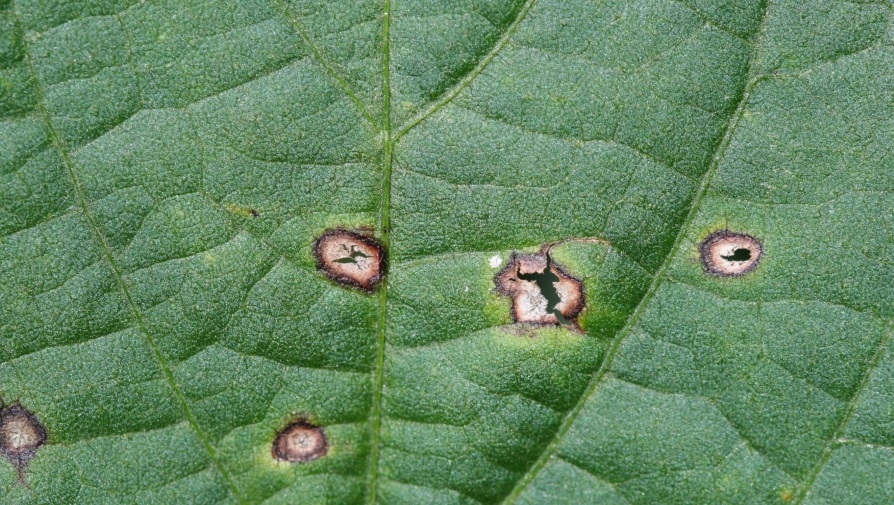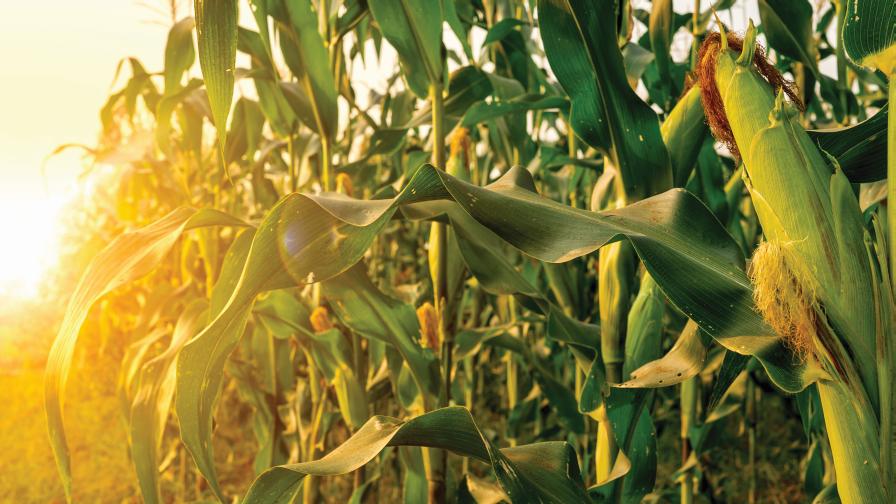The Nitrogen Outlook For 2015

The 2015 outlook for the crop nutrient supplier industry in North America remains favorable, while investments in new nitrogen capacity by several North American plant nutrient providers figure to be a catalyst for a significant shift in North American supply and global trade flow beginning in the latter half of 2015.
2014 In Review
Dynamics in the North American nitrogen market during 2014 were defined by relatively low urea prices globally and higher and more volatile North American natural gas prices. The North American market entered the year with excess ammonia inventory due to a carryover from the poor fall 2013 application season and customer reluctance to take on inventory due to perceived price risk. Compounding those issues, the coldest winter in North America in 30 years resulted in record natural gas withdrawals, which increased short-term volatility in the price of natural gas, the industry’s primary feedstock.
Despite those issues and wet field conditions heading into the planting season, spring 2014 proved to be exceptionally strong for ammonia application in North America. Brisk ammonia sales were realized by producers and those with significant ammonia storage assets were able to deliver on time to customers. In fact, given the strong agricultural demand, CF Industries shipped an all-time high 1.7 million tons of ammonia during the first six months of 2014.
North American growers produced a record corn harvest of more than 14 billion bushels during 2014. Even with corn prices trending lower, with a positive economic return on the incremental crop yield, growers applied nitrogen fertilizer in order to maximize their revenue per acre. Within this environment, robust ammonia sales took demand away from UAN solutions and favored producers who were in a position to shift production volumes to meet the market’s changing preferences. UAN imports into North America were down from recent year levels as a result of the lower demand.
Globally, the market conditions of 2014 tested — and confirmed — the validity of the global urea cost curve and the rational, economic behavior of industry participants. Production curtailments and limited natural gas availability in some regions impacted supply for some nitrogen products. Supply interruptions stemmed from political unrest in the Ukraine and Libya to gas supply constraints in Algeria, Pakistan, Egypt and Trinidad. World ammonia prices rose significantly due to reduced supply out of Ukraine, Algeria and Qatar.
China had record urea production and exports (including record imports into North America). That country’s 2014 tax policy had the effect of causing global price declines as its low tariff season approached and buyers anticipated additional tons coming into the market. However, prices recovered as those additional tons were absorbed, primarily by India tender activity.
Nitrogen Demand Outlook
The profit potential from planting corn, wheat and other nitrogen-intensive crops supports robust planting intentions and underpins what CF Industries believes will be positive nitrogen demand in 2015.
As a leading provider of nitrogen based plant nutrients, CF Industries anticipates that U.S. growers will plant 90 million acres of corn in 2015, approximately 1.7 million acres below the five-year average. Along with other crops, this level of corn planted acres should lead to total U.S. nitrogen demand of nearly 13 million nutrient tons in 2015, down about 1% from 2014.
North American growers continue to have a significant economic incentive to plant corn to help feed the growing world population and support the production of renewable fuels. Analysis from leading agricultural land grant universities has shown that U.S. growers have among the lowest delivered cost bases while also having attractive returns over variable costs. Together, these factors provide good profit potential, positioning U.S. growers at the low end of global corn production costs.
CF Industries believes nitrogen application rates in 2015 will be essentially unchanged from those of 2014. As a percent of corn revenue, 2015 U.S. fertilizer costs are projected at 20%, slightly above the 10-year average of 19%.
New Nitrogen Capacity
North America continues to require imported nitrogen to meet demand. Current projections suggest that approximately 35% of North American nitrogen demand during 2015 will be satisfied by imported products. In 2016, this level of imports will be reduced as domestic producers, including CF Industries, start up the first in a series of new nitrogen capacity additions beginning in the latter half of 2015.
This new nitrogen capacity figures to be a catalyst for a significant shift in North American supply and global trade flow over the next two years. With its extensive storage and distribution assets, CF Industries looks forward to keeping a steady supply of nitrogen fertilizer flowing to the farm level.





